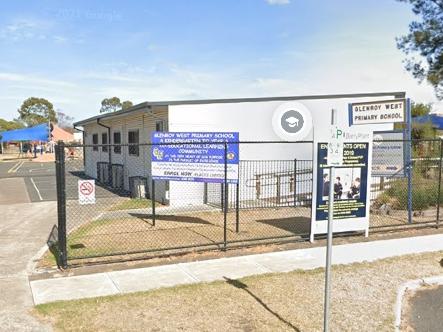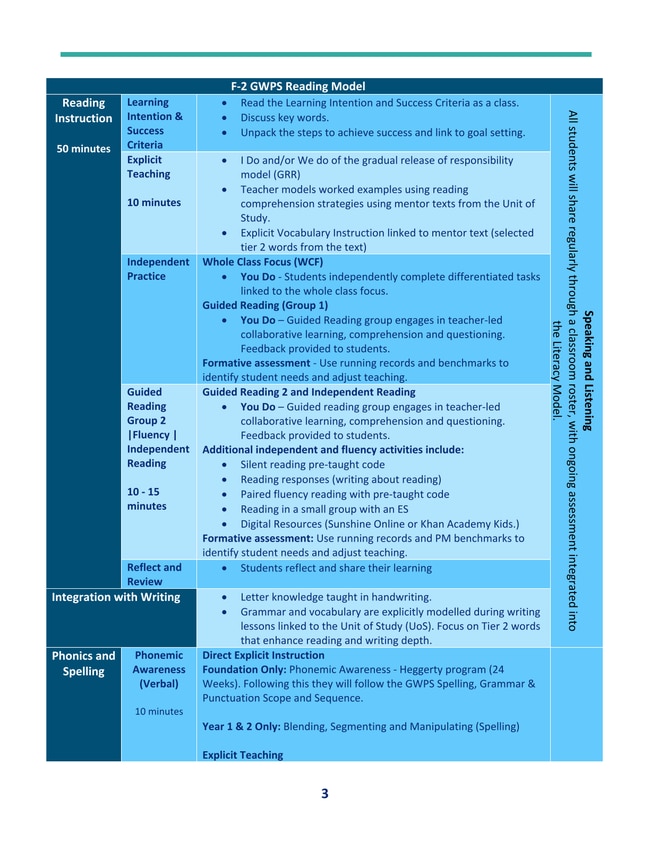Fears school’s decision to dedicate 10 minutes to teaching phonics a day could disadvantage students
Teachers are being instructed to dedicate just 10 minutes to teaching their students phonics at a northern suburbs school, despite the government’s 25 minute recommendation.

Victoria
Don't miss out on the headlines from Victoria. Followed categories will be added to My News.
There are fears the state government’s deadline for schools to fully adopt its mandated phonics approach could disadvantage some students, after some schools opted to delay their transition to the new curriculum, despite most schools already implementing it.
From this year, students from prep to grade two will be taught to read using a systematic synthetic phonics approach under the updated Victorian Teaching and Learning Model which Education Minister Ben Carroll announced in June.
In line with a revised timeline for the rollout, public primary and specialist schools have two years to transition to the new curriculum with schools required to implement the mandate in full by 2027.
The systematic synthetic phonics method will enable students to learn the sounds that correlate with letters of the English alphabet, with the government directive stating schools must dedicate a minimum 25 minutes to phonics teaching daily by the 2027 deadline.

But despite most primary schools already adopting the 25 minutes of phonics instruction in their teaching from term one this year, some schools are taking a more staggered approach.
This is the case at Glenroy West Primary School (GWPS), where the school’s literacy handbook — seen by the Herald Sun — appears to instruct teachers to dedicate just 10 minutes to phonics and spelling a day.
Under the “foundation to grade two GWPS reading model”, prep students will be taught phonemic awareness using the Heggerty program for 24 weeks, before following the “GWPS spelling, grammar and punctuation scope and sequence”.
Meanwhile, the literacy handbook states grade one and two students will be learning “blending, segmenting and manipulating (spelling)”, with teachers to dedicate just 10 minutes of class time to these tasks across the three year-levels daily.
A source close to the school, who didn’t wish to reveal their identity at the risk of “career-suicide”, said the insufficient time dedicated to teaching phonics would put more than 100 students at the school at a disadvantage as they’re not spending as much time learning phonics as their peers at other schools.
“It would have a huge impact as a significant amount of students in our school have not been able to read at the same level as their peers for quite some time,” they said.
“It’s quite upsetting, students would really benefit (from 25 minutes of phonics each day) and parents are going to be asking a lot of questions and they’ll want answers.”

Australian Centre for the Advancement of Literacy director Professor Rauno Parrila, from Australian Catholic University, said it was “baffling” to hear schools were delaying the transition to phonics.
“When you deprive students from proper phonics instructions, you delay the point when their reading development reaches the level they can read independently,” he said.
“There’s 25-30 years worth of evidence on (phonics instruction), so doing anything opposite is baffling.
“I don’t understand why the government waited so long to mandate phonics and I don’t understand why any school in Victoria would want to wait any longer (to implement it).”
Despite these concerns, Education Minister Ben Carroll said the government was “making best practice, common practice in the education state”.
“The evidence is clear that explicit teaching and the use of systemic synthetic phonics instructions gets results – and we continue to reduce the workload of teachers through lesson plans and the new Phonics Check, helping teachers to gather more detailed information about students’ literacy skills,” he said.
Originally published as Fears school’s decision to dedicate 10 minutes to teaching phonics a day could disadvantage students



